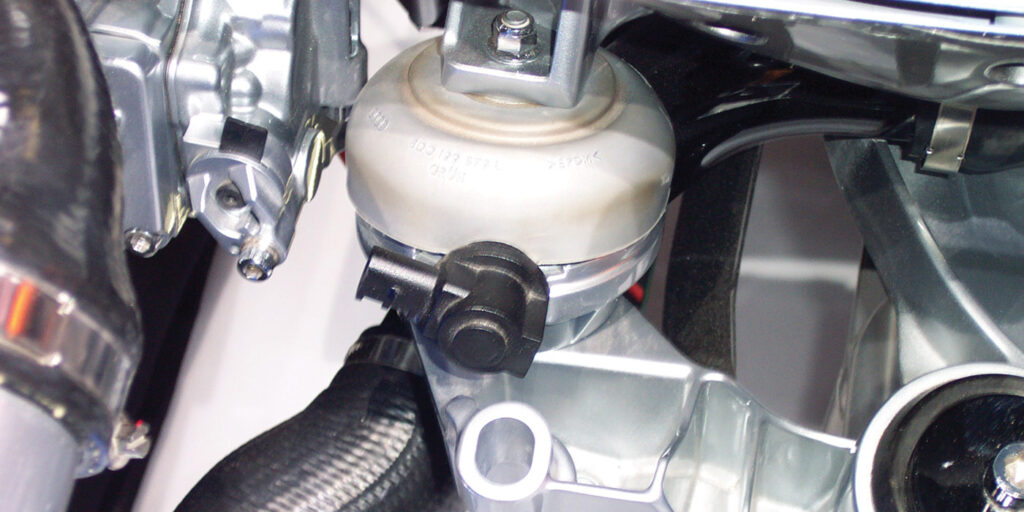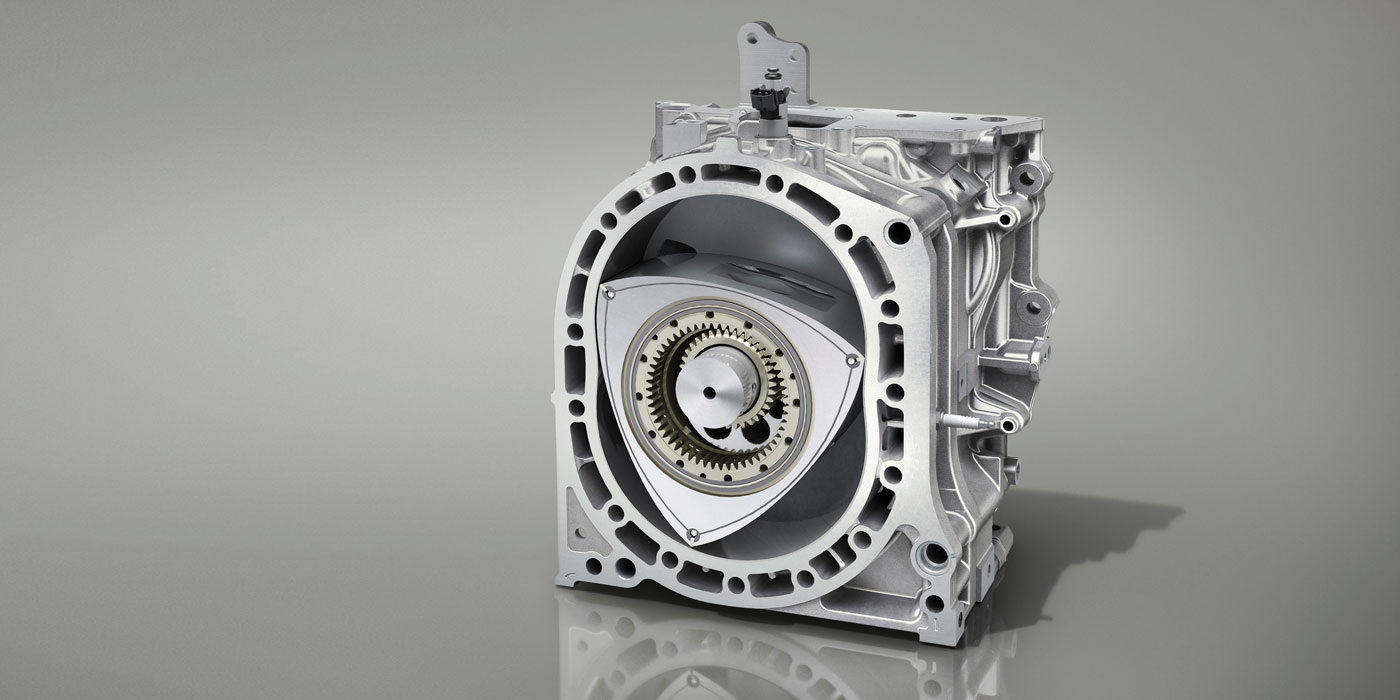Here’s a scenario: A customer comes into your store looking for an engine mount, and they brought the old one in with them. You’re looking the mount over in your hands, and you notice an electrical connector or vacuum port on the bottom side. What could that possibly be for? It’s just an engine mount, right?
An electrical or vacuum connection on an engine mount indicates that it’s an active mount. So, what do you and your customer need to know about these mounts?
The Evolution of Motor Mounts
In the past, engines and transmissions were supported by simple rubber mounts. All engines produce vibrations – also known as noise, vibration and harshness (NVH). The natural flexibility of the rubber would allow the mounts to absorb NVH and prevent them from being transferred into the vehicle cabin. But as engines evolved over the years, motor mounts needed to be able to handle different conditions.
Hydraulic motor mounts were developed to help counteract the NVH that was produced by more modern engines. A non-hydraulic mount typically will feature a number of empty internal voids. These voids are a product of clever engineering, and they allow for deflection/compression in a specific direction when placed under load. Hydraulic bushings fill those empty voids with a fluid. This fluid works like a hydraulic damper, while still allowing for deflection/compression when under load.
The word “hydraulic” might imply that hydraulic fluid or oil is used inside these mounts. However, they typically use a glycol mixture instead. Oil or hydraulic fluid would break down the rubber inside the bushing and cause it to fail prematurely. If you’ve ever seen a radiator hose swell up after it was exposed to engine oil, you know what I’m talking about.
But, engines continued to evolve, and the motor mounts needed to stand up to even tougher operating conditions. Modern engines make more power with less displacement, are more compact than ever before and may utilize cylinder deactivation and/or engine stop/start to help reduce emissions. It’s safe to say that modern motor mounts needed to evolve to absorb NVH and hold up to the added workload.
Active motor mounts were developed in response to this need. Instead of relying solely on the flexibility of the rubber, or the damping effect of the hydraulic fluid, active mounts use vacuum or electrical signals to change the firmness based on operation criteria. Let’s take a look at how these mounts operate, and then we’ll go over a few pointers when talking to your customers.
How Do Active Motor Mounts Work?
Early active mounts used engine vacuum to change the damping behavior of the mount based on operating conditions. High engine vacuum at idle will make the mount more compliant and it will absorb NVH with ease. Then, when the vehicle starts to accelerate, the engine vacuum will drop. This causes the mount to firm up, and prevent excessive engine movement under load.
Electronically controlled active mounts work in a similar fashion, but without using engine vacuum. Electronic mounts will use an electronic actuator, which is controlled by the ECU. The ECU is able to change the firmness of the mount based on its programming and sensor input data. Their main advantage comes in the form of speed and precision. The mount is able to alter its operation at will, without needing to rely on engine vacuum. More advanced electronic mounts are able to generate counter vibrations that help to cancel out the vibrations coming from the engine, much like a balance shaft helps to cancel out vibrations generated by the engines rotating assembly.
Active mounts are found on a number of late-model vehicles, including Audi, Honda, Hyundai, Jaguar, Lexus, Toyota and others. Active motor mounts will be more expensive to replace than non-active mounts, but their benefits far outweigh the cost difference.
Considerations During Service
All mounts eventually will wear out and need to be replaced. Active mounts might crack, rip, tear or sag just the same as non-active mounts will. Hydraulic fluid might leak from the mount, and this is a big giveaway. Failing mounts typically will exhibit one or more of the following symptoms:
• Clunking or knocking noises on or off throttle (as the engine rocks back and forth)
• Evidence of fluid leaks coming from the mounts
• Excessive engine movement
• Increased NVH transferring into the vehicle cabin
• An illuminated “Check Engine” light, and DTCs stored in the ECU
Remember that a leaky hydraulic or active mount could be mistaken for an engine-oil leak. Be sure to advise your customer to thoroughly inspect the vacuum hoses and/or wiring harnesses and connectors for any signs of wear, damage or corrosion. A faulty electrical connection or vacuum hose could trigger a DTC, and the engine mount could be wrongly condemned as the faulty component. Test for power at the vacuum-control solenoid. If power is present, check the fuse and wiring next.
We strongly recommend replacing mounts in pairs at the very least, but ideally, all engine and transmission mounts should be replaced together. If one has failed, chances are high that the others are close behind.
Excessive drivetrain movement can cause other components to wear prematurely. The service life of driveshafts, CV axles and other components can be reduced if the drivetrain mounts are worn out or loose. If they’ve suffered a CV-joint failure, it’s a good idea to take a good, hard look at the engine and transmission mounts. Excessive engine movement also can increase the likelihood of hoses or lines stretching, rubbing or failing. Throttle linkage could bind or stick, assuming that the vehicle uses a cable rather than drive-by-wire. A faulty transmission mount can cause driveline noises, especially when starting off from a stop or accelerating. In extreme cases, the operation of the clutch can be affected as well.













